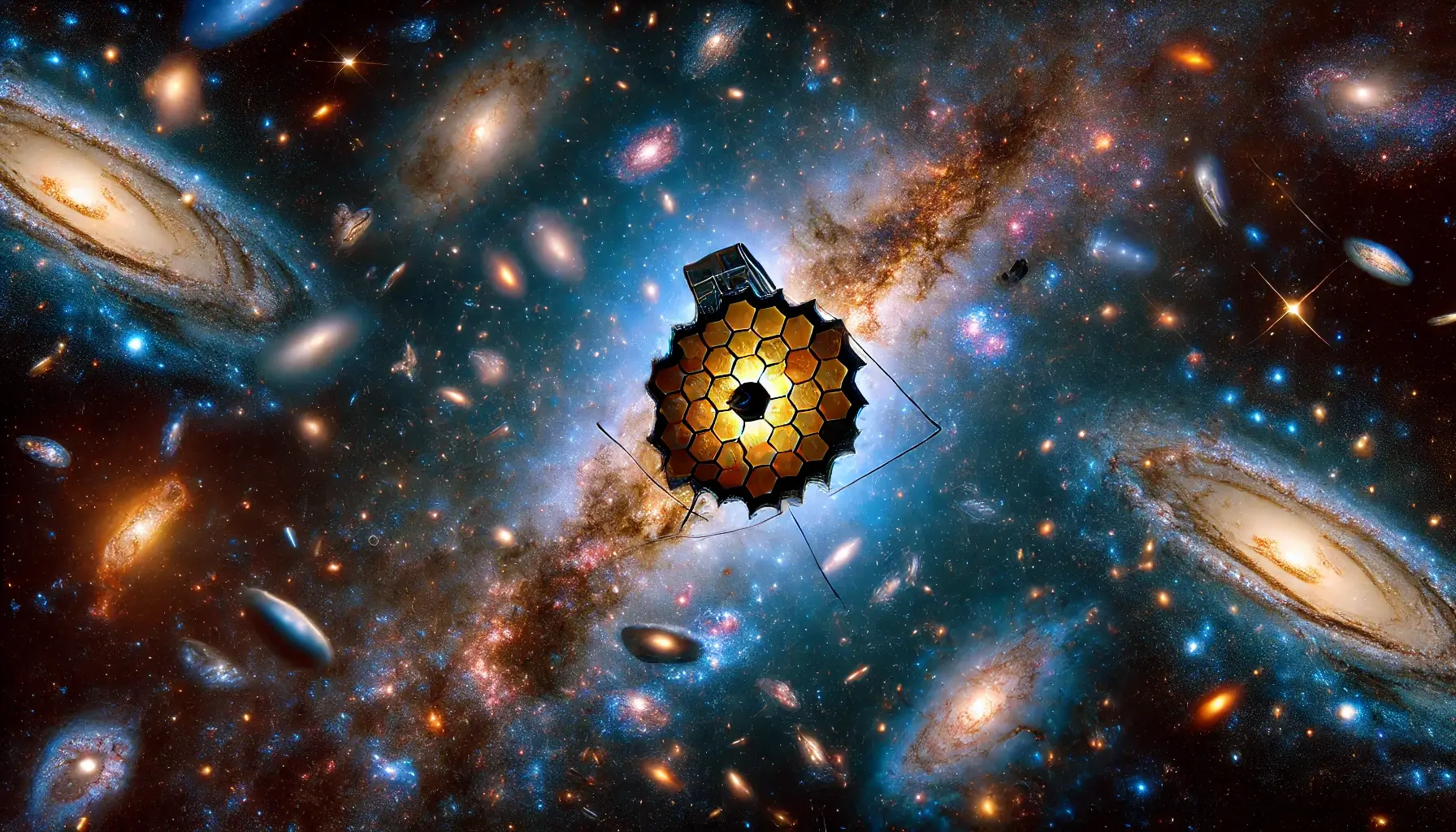JWST recently wеnt viral with its observation of gаlaxies in the early Universе. Squeezed and merging galaxies, observed shortly after the beginning of science operations in JWST, seem to be more extended and mature than previously thought. It is with such discoveries that new discussions are raised together with provocative headlines that suggest that these discoveries could ‘’break’’ the Big Bang theory. However, this is where the cliche begins and ends as to unveil the truth is much more interesting.

A globally popular model for the evolution of the universe from a hot and dense state is the Big Bang theory that has withstood many observational checks. This theory simply makes estimations on where galaxies will be now and in the future which but the appearance of the galaxies are not pinned down.
Thanks to the above-mentioned JWST observations, astronomers have detected galaxies which seem to have high redshift values, hence, the early universe is simulated to have had galaxies only 200-250 million years after the alleged big bang. The hints which came from a field which turned out to be intrinsically imprecise were that these galaxies were abnormally large for their cosmic epoch. To demonstrate that many galaxies have very large redshifts, Mainz announced that it challenged the Big Bang theory; however, more accurate redshift values for these galaxies adjusted their ages, thus systemizing them in a more acceptable context of modern cosmology.
For example, while determining a certain galaxy’s redshift, they changed 16+ to 4. 9, well over a billion years old, which checks out with Big Bang theory. At the same time, JWST again explains the presence of remote galaxies, for example, JADES-GS-z14-0, with a redshift of 14. 32, existing now 290 million years after the Big Bang. These findings shed new light on the early forms of galaxies and star advancement; it may alter current theories but it does not negate the Big Bang theory.
